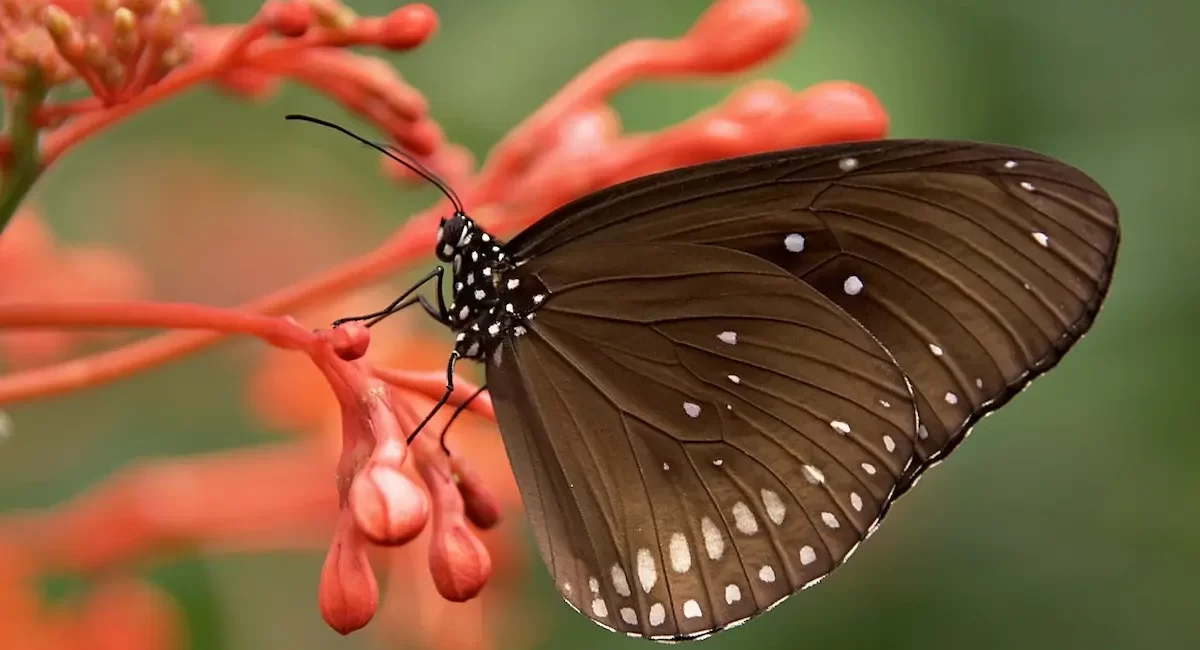From Caterpillar to Butterfly: Teaching Kids About the Life Cycle
From Caterpillar to Butterfly: Have you ever wondered about the remarkable transformation a caterpillar goes through to become a beautiful butterfly? This captivating process of metamorphosis is not only a fascinating natural phenomenon but also an incredible learning opportunity for children. By showing them the stages of a caterpillar becoming a butterfly, you can spark their curiosity, nurture their love for nature, and deepen their understanding of life cycles. In this article, we will guide you through the entire process and provide you with practical tips on how to make this experience educational and enjoyable for your children.
Introduction
The life cycle of a butterfly consists of four distinct stages: the egg, the larva (caterpillar), the pupa (chrysalis), and the adult butterfly. Each stage is unique and offers valuable insights into the world of these enchanting creatures. By observing this transformation process, children can witness nature’s magic unfold right before their eyes.
Understanding the Life Cycle of a Butterfly
- The Egg Stage: The journey of a butterfly begins with a tiny egg. Teach your children about the different shapes, sizes, and colors of butterfly eggs. Explain how the mother butterfly lays these eggs on leaves, and how they serve as protective shells for the developing caterpillars.
- The Larva (Caterpillar) Stage: After the egg hatches, a caterpillar emerges. These voracious eaters spend most of their time feeding on leaves and growing rapidly. Help your children understand the importance of caterpillars in the ecosystem and how they shed their skin multiple times as they grow.
- The Pupa (Chrysalis) Stage: When the caterpillar has eaten enough and reached its full size, it forms a chrysalis around itself. Discuss with your children the significance of this stage, where the caterpillar undergoes remarkable changes inside the protective casing. Emphasize that the chrysalis is not merely a shell but a living and transformative environment.
- The Adult Butterfly Stage: Finally, the most awe-inspiring moment arrives when the butterfly emerges from the chrysalis. Talk to your children about the delicate wings, vibrant colors, and intricate patterns that adorn the adult butterfly. Explain how they are now ready to explore the world, pollinate flowers, and continue the life cycle.
Observing the Transformation Process
- Collecting Caterpillars: Begin by finding caterpillars in your local area. Teach your children to identify different species and the plants they feed on. It’s important to handle caterpillars with care and avoid disturbing their natural habitat.
- Setting Up a Habitat: Create a comfortable habitat for the caterpillars using a large container or an insect observation kit. Line the container with a layer of soil and place some fresh leaves for the caterpillars to feed on. Make sure to provide proper ventilation and keep the habitat away from direct sunlight or extreme temperatures.
- Feeding and Caring for Caterpillars: Once you have collected the caterpillars, carefully transfer them to the habitat. Provide fresh leaves regularly and ensure they have access to clean water. Observe their feeding habits and growth closely, noting any interesting behaviors or changes.
- Encouraging Pupation: As the caterpillars grow, they will eventually stop eating and become less active. This is a sign that they are preparing to pupate. Create a quiet and undisturbed environment by covering the habitat with a mesh or a cloth. This will give the caterpillars a safe space to form their chrysalises.
The Metamorphosis Miracle
- Inside the Chrysalis: Once the caterpillars enter the pupa stage, their bodies undergo a miraculous transformation. Within the chrysalis, organs dissolve and rearrange themselves to form the adult butterfly’s structures. Discuss with your children the incredible cellular changes that take place during this time.
- Biological Changes: The process of metamorphosis involves the development of wings, legs, and other intricate features. Explain to your children how specific cells differentiate and specialize to create these complex body parts. This stage highlights the wonders of nature’s design and adaptation.
- Emergence of the Butterfly: After a few weeks, the chrysalis becomes transparent, revealing the colorful patterns of the developing butterfly inside. Witnessing the emergence of a butterfly is a magical experience. Encourage your children to observe quietly as the butterfly pumps fluid into its wings, gaining strength and preparing for flight.
Sharing the Experience with Children
- Engaging their Curiosity: Encourage your children to ask questions and explore their curiosity about the butterfly’s transformation. Use this opportunity to spark discussions about other life cycles in nature and the diversity of organisms on our planet.
- Explaining the Life Cycle: Simplify the concepts of the butterfly’s life cycle based on your children’s age and understanding. Use visual aids such as diagrams, illustrations, or videos to make the learning process more engaging and accessible.
- Hands-On Learning Activities: Plan interactive activities that allow your children to get hands-on experience and reinforce their understanding. This could include drawing and labeling the different stages, creating butterfly-themed crafts, or even visiting a local butterfly garden or conservatory.
- Documenting the Journey: Encourage your children to maintain a journal or a scrapbook throughout the process. They can document their observations, draw pictures, and write descriptions of each stage. This not only reinforces their learning but also creates a cherished keepsake of their butterfly journey.
Featured Image Source Pexels








Leave a Comment